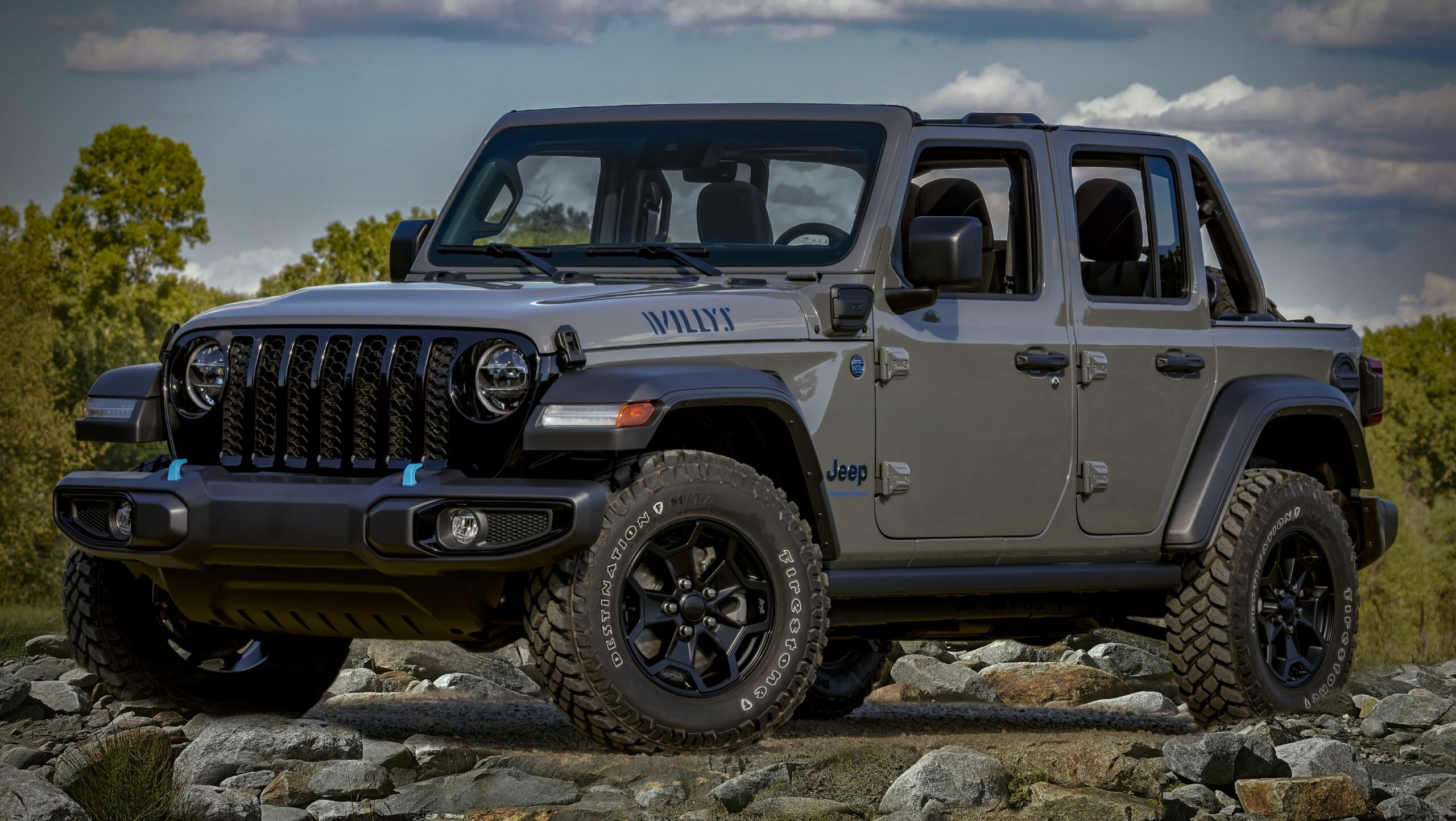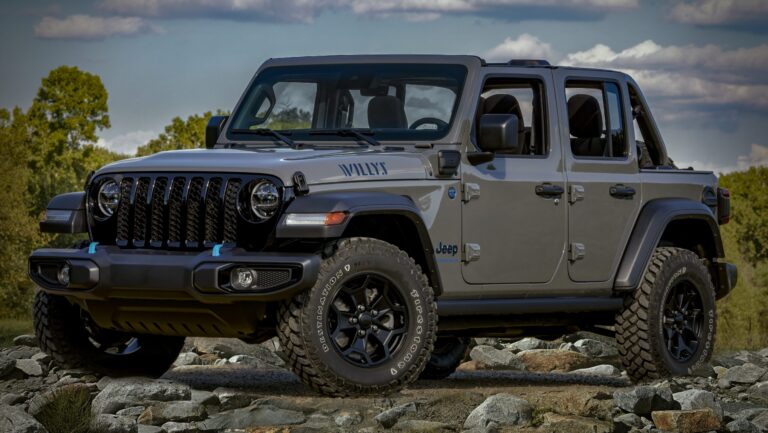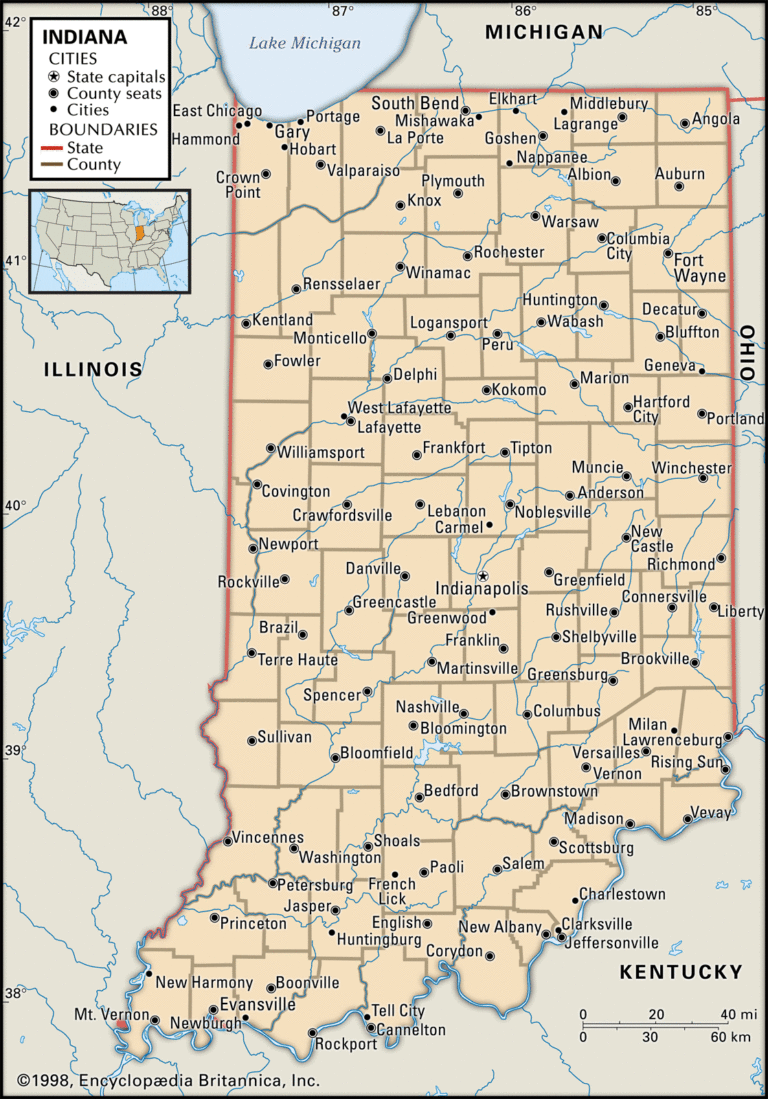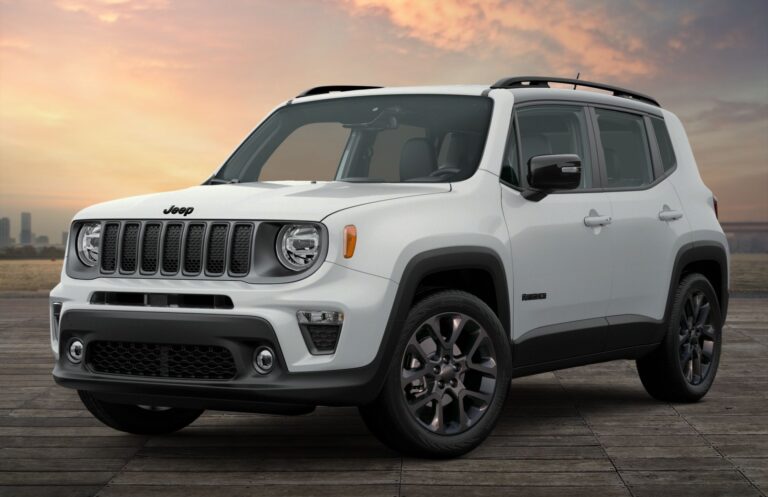Jeep 5.9 Engine For Sale: Unleashing the Magnum Power in Your Rig
Jeep 5.9 Engine For Sale: Unleashing the Magnum Power in Your Rig jeeps.truckstrend.com
Introduction: The Legendary 5.9 Magnum – A Powerhouse Defined
For many Jeep enthusiasts, the mention of the "Jeep 5.9 engine" immediately conjures images of the revered 1998 Grand Cherokee 5.9 Limited – a wolf in sheep’s clothing that set a new benchmark for performance SUVs of its era. This isn’t just any engine; it’s the 5.9-liter (360 cubic inch) Magnum V8, the pinnacle of Chrysler’s LA-series small-block engines, specifically tuned for its limited-production Jeep application. Known for its robust torque, surprising acceleration, and a distinct growl, the 5.9 Magnum transformed the comfortable Grand Cherokee into a pavement-pounding beast and a capable off-road machine.
Jeep 5.9 Engine For Sale: Unleashing the Magnum Power in Your Rig
Today, even decades after its brief but impactful run in the ZJ Grand Cherokee, the Jeep 5.9 engine remains highly sought after. Whether you’re looking to restore a classic 5.9 Limited, undertake an ambitious engine swap into another Jeep platform, or simply seeking a powerful and reliable V8 for a custom build, finding a Jeep 5.9 engine for sale is a quest many embark upon. This comprehensive guide will delve into everything you need to know about acquiring this iconic powerplant, from its legacy and benefits to the crucial considerations and practical advice for securing the right engine for your project.
The Legacy of the 5.9 Magnum Engine
The 5.9L Magnum V8, designated as the 360 cubic inch (ci) engine, was a significant evolution of Chrysler’s long-running LA-series small-block architecture. While the LA-series had been around since the late 1960s, the Magnum iteration, introduced in the early 1990s, brought modern improvements such as multi-port fuel injection, redesigned cylinder heads for better flow, and an improved intake manifold.
In its 1998 Jeep Grand Cherokee 5.9 Limited application, the engine was rated at a stout 245 horsepower and an impressive 345 lb-ft of torque. This was a substantial jump from the 5.2L V8 (220 hp, 295 lb-ft) and made the 5.9 Limited one of the quickest SUVs of its time, capable of hitting 0-60 mph in under 7 seconds. Beyond the numbers, the 5.9 Magnum’s strength lies in its abundant low-end torque, making it incredibly responsive for both spirited driving and crawling over obstacles. Its cast-iron block and sturdy design contribute to its legendary durability, provided it has been properly maintained.
While the 5.9 Magnum also found its way into Dodge Ram trucks, Dakota pickups, and Durango SUVs, the Jeep version is often specifically referenced due to its unique ECU tuning, accessory drive layout, and its celebrated role in the ZJ Grand Cherokee. Its strong aftermarket support means that a stock 5.9 can be further enhanced with readily available performance parts, unleashing even more power and potential.
Why Buy a Used Jeep 5.9 Engine? Benefits and Considerations
The decision to purchase a used Jeep 5.9 engine comes with a unique set of advantages and challenges. Understanding these can help you make an informed choice.
Benefits:

- Performance Upgrade: For owners of non-5.9 ZJ Grand Cherokees (e.g., 4.0L I6 or 5.2L V8 models), swapping in a 5.9 Magnum provides a significant and noticeable boost in power and torque, transforming the vehicle’s driving dynamics.
- Restoration and Authenticity: For those restoring a 1998 5.9 Limited, finding an original 5.9 engine is crucial for maintaining authenticity and value.
- Engine Swap Potential: The 5.9 Magnum is a popular choice for engine swaps into various Jeep platforms, including Wranglers (TJ, YJ, JK), CJs, and even older Cherokees (XJ), offering a robust V8 alternative to the stock powertrains. Its compact design (for a V8) often simplifies the swap process compared to larger engines.
- Cost-Effectiveness: Compared to brand new crate engines or custom-built performance engines, a used 5.9 Magnum can be a more budget-friendly option, especially if you’re prepared to undertake some reconditioning.
- Proven Reliability: When well-maintained, these engines are known for their longevity and robust construction, capable of hundreds of thousands of miles.
- Aftermarket Support: A vast array of aftermarket parts, from performance upgrades to common maintenance items, are readily available, making future repairs and modifications straightforward.

Considerations & Challenges:
- Age and Wear: Most 5.9 engines available will be over 25 years old. This means they’ve likely accumulated significant mileage and wear, potentially requiring rebuilds or significant maintenance shortly after purchase.
- Common Issues: The 5.9 Magnum, like its 5.2L counterpart, is known for a few common issues, most notably the plenum gasket failure (leading to oil consumption and reduced performance) and occasional oil leaks from the oil pressure sending unit or timing cover. Lifter noise can also be an indicator of wear.
- Availability: While not exceedingly rare, finding a good condition 5.9 Magnum specifically from a Jeep Grand Cherokee can be challenging due to its limited production run (1998 only). Dodge truck versions are more common but may have slight differences in accessory mounts or ECU requirements.
- Unknown History: Unless buying from a highly reputable source or a vehicle with documented service records, the engine’s past maintenance and usage can be unknown, introducing an element of risk.
Where to Find a Jeep 5.9 Engine For Sale
Locating a suitable Jeep 5.9 engine requires a targeted search. Here are the most common avenues:
- Salvage Yards/Auto Recyclers: This is often the first stop. Local salvage yards might have a few 1998 Grand Cherokees or Dodge trucks with 5.9s. Larger online salvage yard networks (e.g., Car-Part.com) can search nationwide inventories. When inquiring, specifically ask for a 1998 Jeep Grand Cherokee 5.9L engine or a 5.9L Magnum V8 from a Dodge Ram/Durango of compatible years (typically 1998-2003 for trucks).
- Online Marketplaces:
- eBay: A vast selection of used, rebuilt, and even new old stock (NOS) parts. Be cautious and thoroughly vet sellers. Look for high-resolution photos, detailed descriptions, and seller ratings.
- Craigslist/Facebook Marketplace: Excellent for finding local deals. This allows for in-person inspection and negotiation. Always arrange to meet in a public place.
- Specialized Forums & Groups: Jeep Grand Cherokee (ZJ) forums, Mopar enthusiast groups, and dedicated engine swap communities (e.g., on Facebook) often have members selling engines or can point you to reputable sellers.
- Engine Rebuilders/Suppliers: Many companies specialize in remanufacturing engines. While more expensive than a used pull-out, a remanufactured 5.9 typically comes with a warranty and has been thoroughly inspected and rebuilt to factory specifications, often with improvements to address common issues.
- Performance Shops: Some performance or off-road shops that specialize in Mopar builds might have connections to suppliers or even engines they’ve removed during upgrades.
What to Look For When Inspecting a 5.9 Engine
Thorough inspection is paramount when purchasing a used engine. If possible, inspect it in person.
Pre-Purchase Checklist:
- Visual Inspection:
- Leaks: Check for oil, coolant, or power steering fluid leaks around seals, gaskets, and hoses.
- Cracks: Look for any visible cracks in the engine block, cylinder heads, or exhaust manifolds.
- Corrosion/Rust: Excessive rust on the block or accessories can indicate neglect or exposure to harsh environments.
- Sludge: Remove the oil fill cap and look inside. Excessive black sludge indicates poor maintenance and irregular oil changes.
- Broken Components: Check for broken sensors, wiring, or accessory mounts.
- Oil Condition: If the engine is still in a vehicle, check the dipstick. Clean, amber oil is a good sign. Milky or foamy oil indicates coolant contamination. Metal flakes in the oil are a red flag for internal damage.
- Compression Test (If Possible): This is the single most important test. Consistent compression readings across all cylinders (within 10-15% of each other) indicate healthy piston rings and valves. Low or uneven compression is a major warning sign.
- Spark Plugs: If accessible, remove a few spark plugs. Their condition can reveal combustion chamber health. Oily plugs suggest oil burning; white/ashy plugs suggest lean conditions or excessive heat.
- Listen for Noises (If Running): If the engine can be heard running, listen for:
- Knocking/Pinging: Usually indicative of severe internal bearing or rod issues.
- Ticking/Tapping: Can be lifters, rocker arms, or exhaust leaks. A slight lifter tick on startup is somewhat common, but persistent loud ticking is concerning.
- Whining/Hissing: Could be accessory belts, vacuum leaks, or worn bearings in pumps.
- Verify Inclusions: Clarify what comes with the engine. Does it include the intake manifold, throttle body, exhaust manifolds, accessory drive components (alternator, power steering pump, AC compressor), wiring harness, and crucially, the Engine Control Module (ECM)? For a swap, the correct ECM and wiring are often vital.
- Casting Numbers: While not always necessary for a straightforward replacement, verifying casting numbers can confirm the engine’s origin and year, especially if you’re concerned about specific revisions.
- Seller Reputation & Warranty: Purchase from reputable sellers. Ask about any warranty or return policy, even if it’s limited.
Installation and Post-Purchase Considerations
Once you’ve acquired your Jeep 5.9 engine, the next phase involves installation and preparing it for reliable operation.
DIY vs. Professional Installation:
- DIY: An engine swap or replacement is a significant undertaking requiring specialized tools, mechanical knowledge, and often a dedicated workspace. If you’re replacing a 5.9 with another 5.9 in a 1998 ZJ, it’s more straightforward. Swapping into a different vehicle or a non-5.9 ZJ involves more complexity (wiring, cooling, exhaust, transmission mating).
- Professional: If you lack the experience, tools, or time, consider having a reputable performance shop or mechanic perform the installation. Get quotes and ensure they have experience with Mopar V8s and engine swaps.
Required Components for Swaps (Beyond the Engine Itself):
- ECM (Engine Control Module): The 5.9 Magnum requires its specific ECM. This is crucial for proper fuel and ignition timing.
- Wiring Harness: A complete engine wiring harness from a 5.9 vehicle (or a custom-made harness) will be necessary.
- Transmission Compatibility: The 5.9 Magnum typically pairs with the 46RE automatic transmission. If your vehicle has a different transmission, you’ll need to consider adapters, flexplates, or a transmission swap.
- Cooling System: The 5.9 produces more heat. An upgraded radiator (e.g., a three-row aluminum unit), a heavy-duty fan clutch, and potentially electric fans are highly recommended.
- Fuel System: Ensure your fuel pump and lines can deliver adequate pressure and volume for the V8.
- Exhaust System: Custom exhaust manifolds or headers and a full exhaust system will be needed to accommodate the V8.
- Accessory Drives: Ensure all accessories (alternator, power steering pump, AC compressor) are compatible and correctly mounted.
Common Upgrades and Maintenance for a Used 5.9:
Even if your purchased engine seems healthy, consider performing essential maintenance and addressing known weak points before or shortly after installation:
- Plenum Plate Upgrade: This is almost universally recommended. The stock plenum gasket and belly pan design are prone to failure, leading to oil consumption and reduced performance. Aftermarket kits (e.g., from Hughes Engines) offer a permanent fix.
- Gaskets and Seals: Replace valve cover gaskets, oil pan gasket, timing cover seal, and rear main seal as a preventative measure while the engine is out.
- Water Pump and Thermostat: Inexpensive to replace and crucial for cooling.
- Tune-Up: New spark plugs, wires, distributor cap, and rotor.
- Oil Pump: Consider replacing the oil pump, especially on higher mileage engines.
- Sensors: Inspect and potentially replace critical sensors like the crankshaft position sensor, camshaft position sensor, and oxygen sensors.
- Lifters and Camshaft: If there’s any suspicion of lifter noise or wear, this is the time to address it, potentially with a mild performance camshaft upgrade.
Jeep 5.9 Engine For Sale: Estimated Price Table
Prices for used Jeep 5.9 engines can vary significantly based on condition, mileage, included accessories, and the seller’s location/reputation. This table provides a general estimate.
| Engine Condition Category | Estimated Price Range (USD) | Key Characteristics & Notes |
|---|





